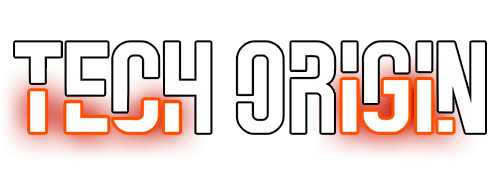How AR is Enabling Efficiency in Regulatory Compliance
Augmented Reality is where physical real-world environments are augmented or superimposed with computer-generated images that lay over the view of the current environment, thus enhancing one’s perception of reality.
AR can come in the following forms: Marker based (Code based), Markerless (location based), projection based, and superimposition based. Depending on which application the AR is being used for, will depend on the chosen form of AR.
Marker based is probably one of the most common forms of AR, it uses a marker usually in the form of a QR/2D Code and once a connected device reads the code it will superimpose the augmented image in front of the marker.
Both the virtual and reals worlds coexist to create an augmented reality experience where virtual information is used as a tool to provide assistance in everyday activities. So unlike virtual reality (VR) that is mainly used for entertainment purposes, AR is proving to be substantially useful in a variety of industries.
Transforming Work Through AR
Due to its beneficial properties, AR is now being adapted for use in the workplace. Industries from healthcare to manufacturing have begun to create dedicated AR tools that will improve processes in their businesses.
For example, Volkswagen is now using an augmented reality system to help workers navigate massive factories for maintenance and inspection. It can help a worker get from anywhere in a factory to a specific machine, making inspection quicker and more efficient.
This is not the only way AR is being applied to factories, AR can deliver manuals in glasses, alerts flashing on glasses, display the inside of machinery as it is operating and so much more. AR is able to dramatically reduce errors and increase productivity in factories.
The integration of both VR and AR in the workplace is expected to continue to rise. A recent study conducted by IDC predicts that spending on AR and VR from $11.4B (2017) to $215Billion in just four years. Some of the key sectors that are making substantial investments are automotive, healthcare, media and industrial.
AR’s Impact on Regulatory Compliance
Manufacturing is still one of the highly regulated sectors and has set procedures they must be followed. Whether this is health and safety of employees or ensuring machinery is always operating safely. Regular inspections of machinery need to be conducted to meet regulatory procedures. AR has the potential to make maintenance more efficient by reducing errors, enhancing efficiency and improving productivity. AR will be able to direct you to the exact asset that needs fixing through directions displayed in augmented reality, superimposed blueprints and can even show the inner workings of a machine without manual inspection.
For example, Emerson Automation have just released a new product that uses marker-based AR technology. Codes are placed onto particular pieces of machinery and once scanned with a connected device it allows a user to see inside the machine and how it is currently operating making it so much more efficient to identify any issues. This is not the only form of AR Emerson has introduced, AR is being actively incorporated into the overall control systems and asset management experience.
Overall, time savings of 25% of more are typical for manufacturing tasks that completed using AR. This reduced time means maintenance is more efficient, making it easier for manufactures to meet their regular inspection checks. Also, it reduces risk for accidents as inspections can be conducted without physically examining the inside of the machine.
Even the compliance regulators monitoring these businesses have begun implementing AR. One of the newest trends entering the regulatory compliance field is technology-based training. AR is now being implemented as a tool in compliance training, especially when teaching inherently risky skills. For example, compliance within the chemicals field is highly risky, so training with AR removes the risk of handling chemicals, so there is no physical danger to trainees.
Realising The Future
AR is still very much in its early adoption stage and there still needs to be advancements in the technology before its potential can be fully utilised. However, it is already proving itself within a number of fields and we can anticipate that adoption will only continue to grow. For AR to be truly useful in regulatory compliance they must ensure that the technology is being used across the board and not just with specific assets to ensure seamless records are being generated in order to meet regulations.
